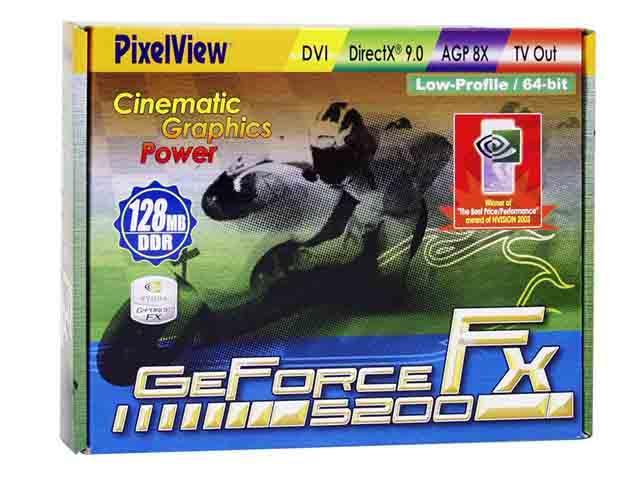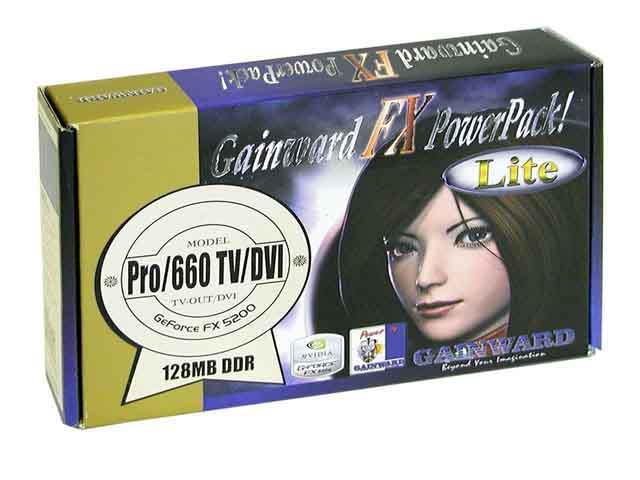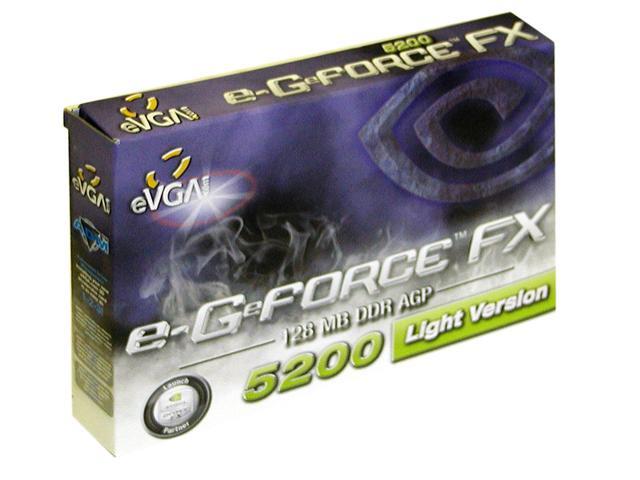Natoma said:
but on the other hand state that the only way to get playable frame rates is to play with noAA/noAF.
Yikes.....
The statement actually was
newer games such as Splinter Cell and UT2K3 are going to almost require you go to 800x600 resolution with no AA or AF in order to get playable frame rates.
And the 5200 was just as fast (actually a whopping 1.2 fps, 8 % or so faster

) as the 9200 in that game (with no FSAA). And almost exactly the same framerates in UT2003.
Edit:
It seems to be very hard to find out if your 5200 card has a 64 or 128 bit interface. At least by going to the manufacturers homepages. I looked at Sparkle, Abit and Albatron and Albatron was the only one of these where you could easily spot what mem bus your card had. I actually couldn't find that information at all on the other pages (Sparkle, Abit), might have missed something though

Might be the manufacturers fault more then Nvidias but it's still just as bad for the consumers. And Nvidia could easily do something about it. F.e by forcing the manufacturers to add a LE or something for the 64 bit versions. All Radeon 9200 64 bit cards i could find (didn't do a extensive search though) was clearly labelled as SE versions. And it was easy to go to Ati's homepage and look at the product comparision (easy to find link in the 9200 SE product page) to see that SE meant 64 bit.
Now, i think SE is a rather bad name, although it could stand for
Slow
Edition which wouldn't be that bad

And it seems that Ati is going to continue to use SE for it's newer "slow edition" products (9800 SE ?) which, if they do it, is a good thing.
As for the the prices, did a pricewatch search and found a Prolink card which supposedly was 128 bit, 128 Mb for 72 $ (searched on "fx 5200 128 bit"). 64$ for the 64 bit version.
Komusa link
The card after that (pricewatch search + clearly labelled as 128 bit) cost 86$ though.



